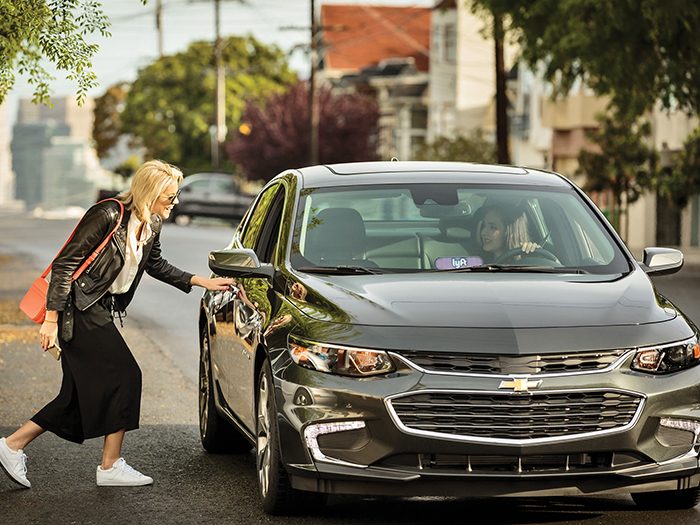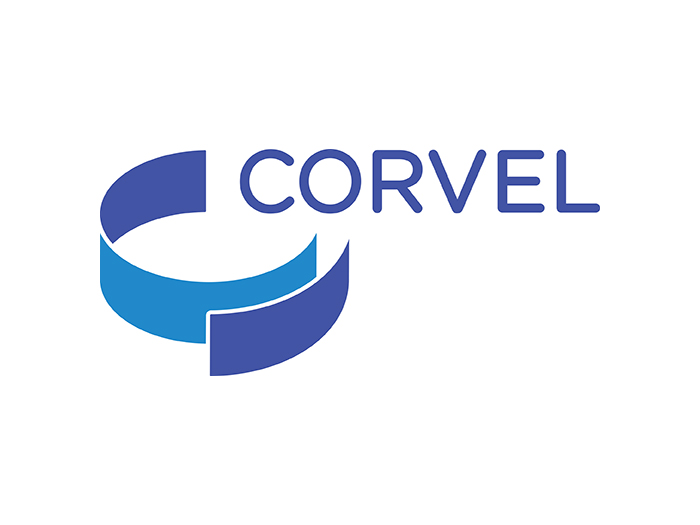Captives
Closing Gaps in the Gig Economy

The sharing economy is booming right now.
Expected to top $335 billion by 2025 according to PwC, the gig economy, as it’s otherwise known, already touches most of our lives — from hailing a ride on Uber or Lyft to finding a place to stay on Airbnb.
Essentially, it’s an economic system whereby assets or services are shared between private individuals via the Internet, making it relatively easy to set up and with little overhead.
But the often globally networked nature of the sharing economy presents challenges, along with a workforce comprised heavily of independent contractors exposed to a host of risks on a daily basis. Add to that a lack of loss history and increasing regulatory scrutiny, and it’s often too expensive or hard for these companies to find cover.
However, an alternative solution has now emerged for those companies willing to take on their own risks. Through owning a captive, companies can retain more of their risk and craft manuscripted coverage language specific tailored to their exposures, as well as gain direct access to reinsurers willing to underwrite those risks.
Lyft and Uber, the ride sharing services, were among the first to take the plunge, setting up captives in Hawaii, and now more are hopping on the bandwagon.
Sharing Economy Risks
Melissa Neis, vice president at Parr Insurance Brokerage, said the sharing economy is difficult to insure because it is a relatively new area lacking sufficient loss history.
“It can be tricky because there’s a lack of actuarial data to support a long-term risk analysis, so it’s hard for insurers to understand what kind of pricing will support the exposures concerned,” she said. “Also, as technology continues to advance and companies’ platforms and business models are constantly evolving, their exposures can also significantly change, meaning that their policy language has to be recrafted, making them difficult to underwrite.”

Sean Rider, executive vice president and managing director, consulting and development, Willis Towers Watson
Monica Everett, vice president, sales, York Alternative Risk at York Risk Services Group, said that what makes these companies even harder to assess is their ever-changing, often global workforce and the risks they face, with many independent contractors working for them who are not classified as employees and so are not covered under workers’ compensation.
“Where does the risk for a company start and stop?” she said. “Then there is the issue of U.S. Courts granting settlements to independent contractors for injuries sustained in the course of their assignment.
“This often means that companies must insure independent contractors regardless of how the companies classify them. In addition, an independent contractor’s job can be as risky as that of a full-time employee.
“Depending on the circumstances, companies may have limited control over the safety of these workers, which adds to the complexity of the risk.”
Ward Ching, managing director at Aon Global Risk Consulting, added that the business models of companies in the gig economy don’t often fit the class codes and mold of traditional companies with insurable risks such as workers’ compensation and general liability, making it harder for underwriters to assess their exposures.
“The terminology is changing, the exposures are changing and the speed of change is just amazing,” he said. “Their policies and procedures, and whole approach to risk is changing on an almost quarterly or more frequent basis making it hard for traditional insurers to keep up.”
Sean Rider, executive vice president and managing director, consulting and development at Willis Towers Watson, said that another reason these risks are so difficult to assess is they often cross over between different types of insurance including property/casualty, accident and health, and personal lines.
“Because they often transcend the silos between commercial and personal activities, traditional carriers struggle with crafting coverage that meets their stakeholders’ needs,” he said. “Added to that, the confluence of the multiple aspects of the coverage and the relatively new exposures as well as the lack of a holistic marketplace make them a prime candidate for captive utilization.”
Tina Summers, senior vice president, Marsh Captive Solutions, added that the uncertain regulatory environment for sharing economy companies has also caused concern among insurers.
“This has resulted in a limited number of markets willing to write the risk, limited availability of capacity and high premium pricing,” she said. “Over the past few months, we have seen some new entrants to the market with appetite for sharing economy risk; however, we expect coverage and pricing flexibility to remain reasons for companies in this space to look at captives.”
Ideal Solution for Unique Risks
For those companies willing to take on their own risks, Summers said that captives are a viable solution, enabling them to finance coverage for these risks in a more cost effective way.
“Funding of retained risk in a captive may provide leverage when negotiating with commercial insurance markets,” she said. “It may also improve unit economics due to the flexibility a captive allows.”
Captives also enable these firms to craft their own manuscripted coverage language and to determine their own pricing, said Thad Hall, partner, business development at Y-Risk, a managing general underwriter specializing in the sharing economy. Y-Risk is currently in the process of setting up its rent-a-captive facility.
“Because they often transcend the silos between commercial and personal activities, traditional carriers struggle with crafting coverage that meets their stakeholders’ needs.” — Sean Rider, executive vice president and managing director, consulting and development, Willis Towers Watson
There are additional benefits for companies to consider, said Hall.
“Several insurers had a tough time after the recession and pulled back on coverage or pulled out altogether, but being in a captive enables companies to avoid these types of cycles.”
Captives also offer the advantage of a policy that doesn’t need to be constantly underwritten every year, said Jillian Slyfield, managing director at Aon Risk Solutions.
“You can tweak it every quarter or as required and make the changes needed to enable the company to grow and grow quickly.”
Everett added that captives are a good fit for the culture and entrepreneurial spirit of sharing economy companies, while giving greater control to the parent company and offering a significant risk/reward based incentive too.
“The parent company can control how claims are handled and their premiums are developed utilizing an actuarially developed loss pick which, if given enough history, should predict future losses accurately,” she said.
She added that captives also allow companies to insure the risks they previously carried on their balance sheets as policy exclusions on standard policies such as wage and hour coverage and cyber risks.
Rider concluded that a captive’s key selling point is allowing these companies to aggregate multiple risks across different portfolios, while enabling them to buy reinsurance from markets that have a track record of providing capacity across P&C, A&H and personal lines.
“Captives create the opportunity to consolidate a company’s diverse cross section of risks in one place and to then build a reinsurance structure that can accommodate that unique risk portfolio,” he said. “This enables them to craft an insurance program that connects with their stakeholders’ needs and to create an optimal risk transfer solution.” &










